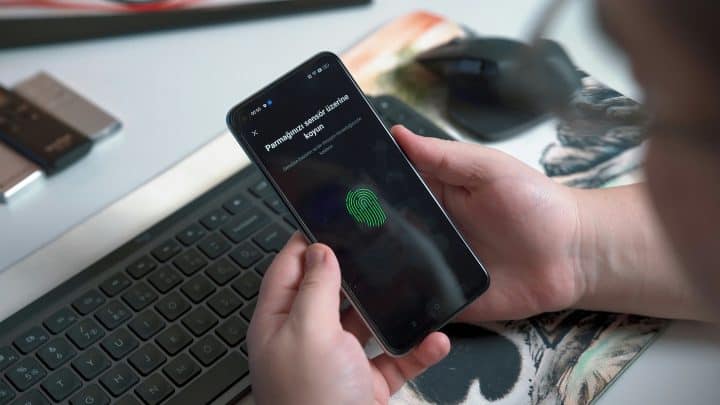Biometric verification is a method of identifying individuals by analyzing one or more of their unique biological traits. These traits, known as biometric verification, can include fingerprints, hand and earlobe geometries, retina patterns, voice prints, and written signatures. This technology offers a secure and convenient way to authenticate a person’s identity, which is crucial in various applications ranging from security to personal convenience.
Historical Context
Fingerprints are the oldest type of biometric verification. Thumbprints were used on clay seals in ancient China as unique identifiers. The advent of computerized databases and the digitization of analog data took biometric verification to the next level. New technologies have enabled almost instantaneous identification.
How Does a Biometric Verification System Work?
The authentication process for biometric data is relatively consistent across different types of biometric identifiers. Here’s a general outline of how it works:
- Enrollment: A copy of a person’s unique characteristic, such as a voice print, is made and stored in a database.
- Verification: When the individual needs to authenticate their identity, a new record is captured and compared to the stored one using predefined authentication parameters.
- Matching: If the new record matches the one in the database, the person’s identity is confirmed.
Cloud technology often supports these systems, making biometric information more accessible and portable. However, security remains a concern due to the increased attack surface in multi-tenant cloud environments.
Types of Biometric Verification
Biometric verification covers an array of types and uses, including the following:
1. Fingerprint Identification
Fingerprint ID is one of the most common forms of biometric authentication due to its reliability, convenience, and historical success. Fingerprint hacks are difficult to perform, making this method a secure option for devices and physical locations.
2. Facial Recognition
Facial recognition maps facial features and compares them to stored data. This method is widely used in smartphones, such as Apple’s Face ID, and for physical security in buildings. However, it has vulnerabilities, such as difficulty with glasses or masks.
3. Iris and Retina Pattern Recognition
Iris and retina patterns are unique and diverse, making them reliable biometric identifiers. This method is used in banks, ATMs, and by the military for secure identification.
4. Voice Waveform Recognition
Voice recognition can authenticate users based on their unique voice patterns. Financial institutions use this method to identify clients over the phone, though it can be vulnerable to recorded voice attacks.
5. Earlobe and Hand Geometry Identification
Hand geometry measures finger length and distances between parts of the hand, while earlobe geometry, which does not change with age, can also be used for identification.
6. DNA Matching
DNA matching is the most accurate but also the most intrusive method of biometric verification. It is commonly used in forensic investigations to confirm a person’s identity.
7. Vein Recognition
Vein recognition scans the vascular pattern in a person’s finger for identification, offering a unique and secure method of biometric verification.
8. Signature Comparison
Signatures are less reliable due to their vulnerability to replication and manipulation but are still used as an additional layer of authentication.
Applications of Biometric Verification
Biometric verification is used in various settings, including:
- Financial Institutions: For voice recognition to identify phone callers.
- Healthcare Providers: To reliably identify patients.
- Law Enforcement: Using fingerprints, facial recognition, and iris scans to track individuals in the criminal justice system.
- Government Entities: Considering biometrics for passports and voter registration.
Conclusion
Biometric verification offers a robust and convenient way to authenticate identity, leveraging unique biological traits that are difficult to replicate. While the technology has significantly advanced, ensuring the security of biometric data remains crucial to maintaining the integrity and reliability of these systems.
